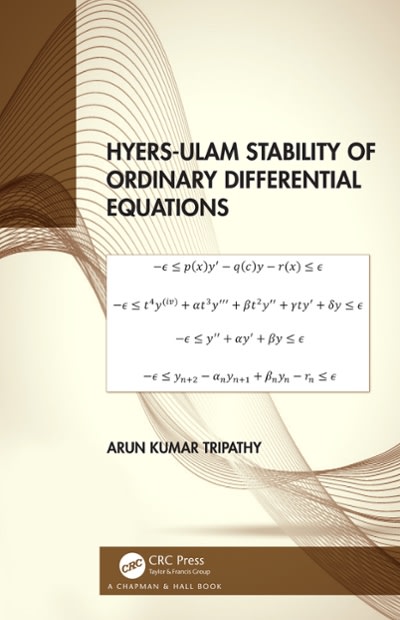Question
Suppose that the Ohio Division of Liquor Control conducted two lotteries: one for 120 bottles of rare bourbon, and the other for 170 bottles of
Suppose that the Ohio Division of Liquor Control conducted two lotteries: one for 120 bottles of rare bourbon, and the other for 170 bottles of a rare Scotch. Participants could enter both lotteries, or only one; each winner won (the opportunity to buy) a single bottle of the associated liquor. If a person won both lotteries, they could buy one of each. 400 people just entered the lottery for the bourbon, 500 people just entered the lottery for the Scotch, and 10,000 people entered both lotteries. The Ohio Division of Liquor Control used a random number generator to select the winners in each lottery independently. (1) What is the probability that two people won both bottles? (2) What is the probability that two or more people won both bottles? Create a simulation in R to estimate these probabilities using Monte-Carlo estimation. Make sure to provide the results requested in the main part of your homework; the R code used to generate the results must be included in your homework, either with this problem or attached at the end. Some ideas to approach this:
Assign all participants a unique ID number, and create vectors for bourbon.ids and scotch.ids that contain the IDs for people who entered each lottery.
Use the sample function to select winners.
The function %in% is useful for looking at the overlap between two vectors.
Step by Step Solution
There are 3 Steps involved in it
Step: 1

Get Instant Access to Expert-Tailored Solutions
See step-by-step solutions with expert insights and AI powered tools for academic success
Step: 2

Step: 3

Ace Your Homework with AI
Get the answers you need in no time with our AI-driven, step-by-step assistance
Get Started


